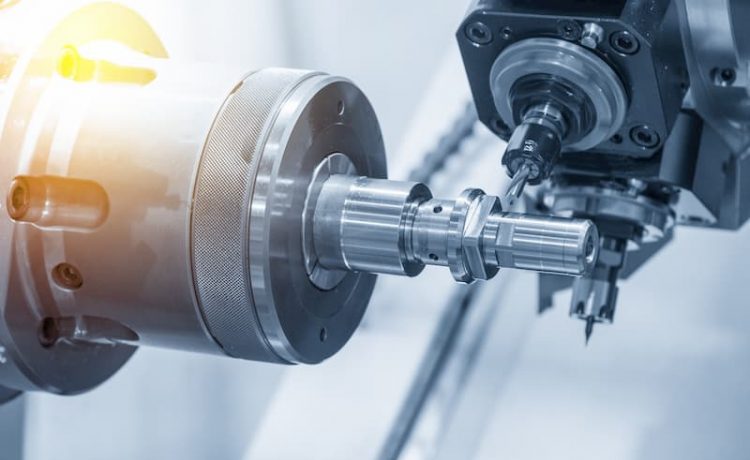CNC turning has always been the most basic procedure involved in the CNC machining set. This method involves the part of the rotational axis to move along a single-point cutting tool. Here it moves parallel to the axis of rotation. The turning normally takes place on an external surface as well as internally, which is known as boring. The workpiece that is used in this production is generated through a stream of other processes like that of casting, forging, drawing, or extrusion. Various turning processes enable the highest precision of the works.
Tapered turning
This method produces a conical surface through the gradual increment or decrement of diameter from the cylindrical workpiece. This method is widely used in the construction of machines across every industry. Nowadays, it is very common to find taper holes in every machine spindles. They receive taper shanks of tools and work holding devices.
Spherical turning
This method of turning process entirely focuses on the creation of ball shapes out of the workpieces. They are built under desirable pressure which does not harm the piece that is getting worked upon.
Hard turning
Hard turning methods mean to turn the materials and form their desired shape using the Rockwell C hardness that is greater than 45. This normally is worked upon after the workpiece is heat treated. This process aims to replace the traditional methods of grinding. The hardness turning has their roundness and surface accuracy raised by the greatest margins for the products to be formed flawlessly.
Facing
This method of turning involves the cutting tools to be placed at right angles around the rotational axes of the rotating workpieces. The operation of cross slides is an important aspect here.
Parting
This process of parting off or cutoff is used preliminarily to cut deeper grooves on a piece of the metal part. This part is normally a completed or a part-completed component taken from its parent stock.
Grooving
This is almost like parting where grooves are cut to a distinct and predetermined depth instead of a part stock. The internal and external surfaces are both susceptible to get grooved at. The face of the part is also ideal for grooving.
LOCUS Precision turning can be adjusted as per your needs and demands and the highly skilled team here is sure to deliver you the parts that you desired for.

